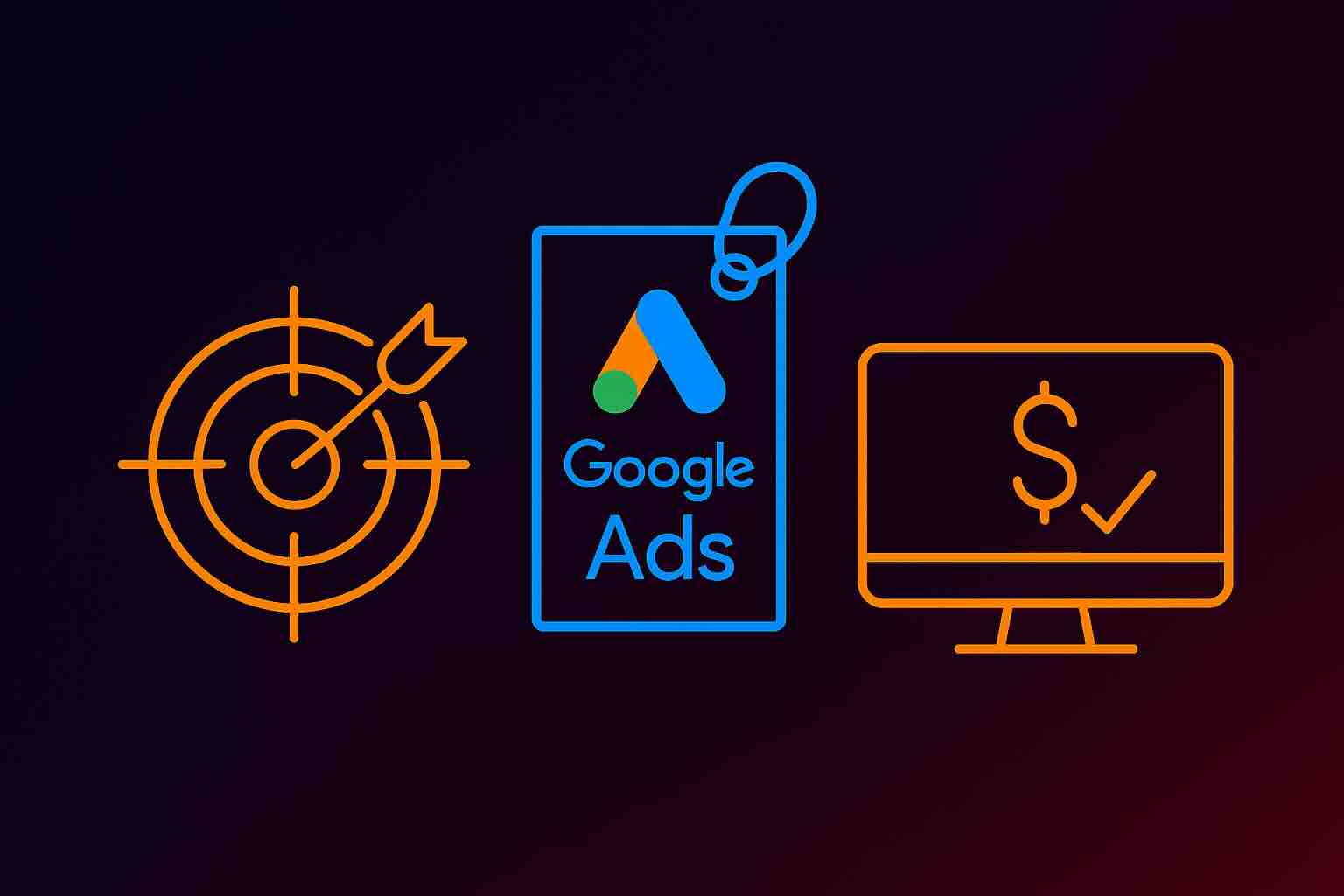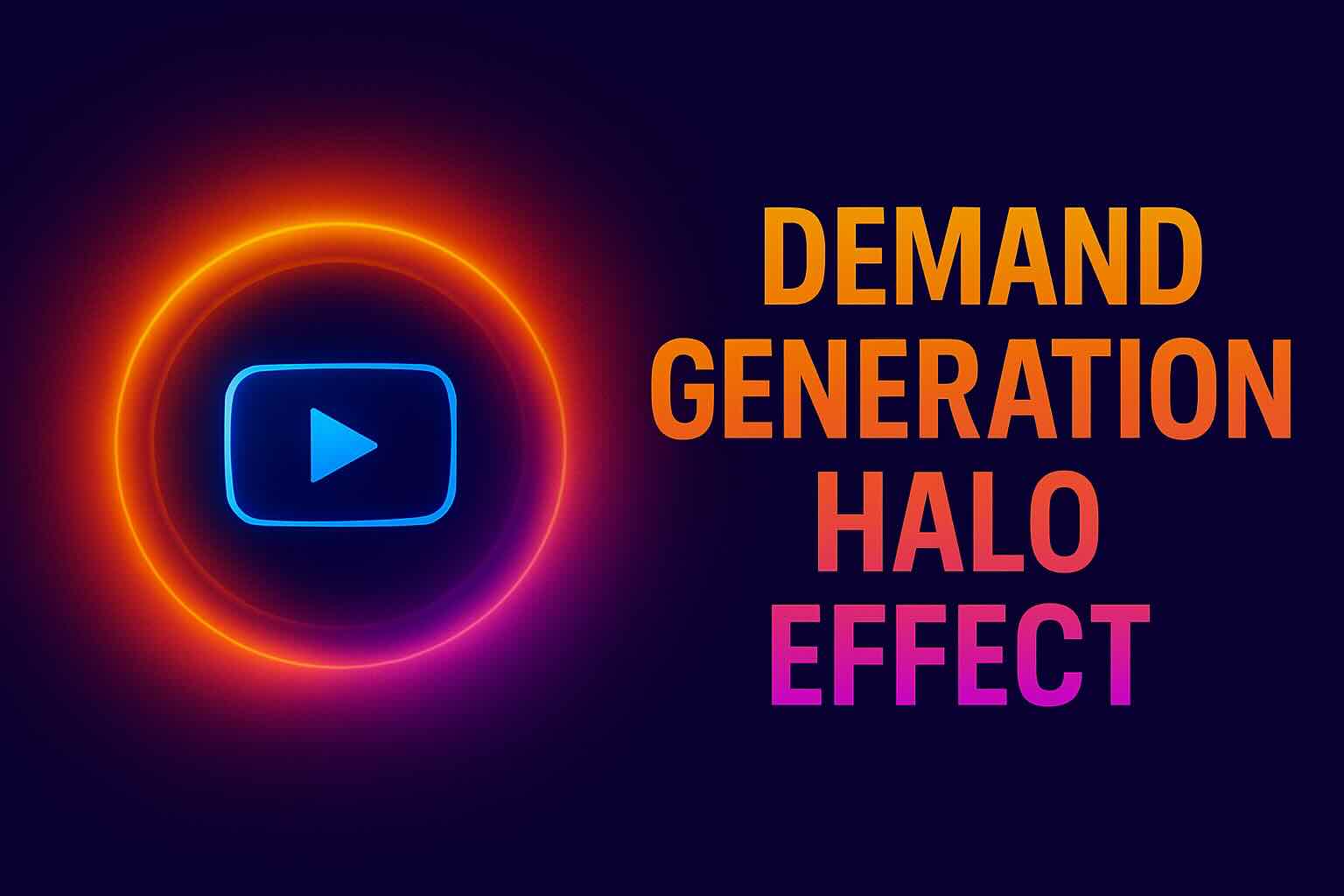Why Smart Startups Don’t Use Ad Platform Conversions for Reporting
PPC platforms are great at optimizing—but terrible at reporting. If you’re making decisions based on the conversion numbers inside Google Ads or Meta, you’re not just off-track, you’re flying blind.
The Data Looks Good—But It’s Lying to You
Most startup founders and marketing leads look at conversion numbers inside ad platforms and assume it’s the truth. But here’s the problem: those numbers aren’t real. They’re guesses. And often, they’re bad ones.
Pixels break. Cookies get deleted. Platforms take credit for conversions they didn’t really cause. If you’re using those metrics for reporting, you’re not measuring success—you’re measuring noise.
1. Tracking Is Broken by Design
Ad-blockers, iOS updates, and privacy tools all sabotage tracking pixels. Even when they do fire, you’re still dependent on fragile cookies that get wiped out by browser settings or user behavior.
What you see in your dashboard? It’s only a fraction of what really happened.
2. Attribution Models Are Built to Mislead You
Each ad platform credits itself with success. Google favors last click. Meta uses short view-through windows. Neither shows you the full journey—just the moment they can claim.
One customer might click a Google ad, later see a Facebook ad, then convert after reading a blog. Every platform takes credit for the same deal. You’re triple-counting one sale—and drawing the wrong conclusions.
3. You’re Comparing Apples to Oranges Across Channels
Every PPC channel tracks differently. If you’re comparing results between Meta, LinkedIn, and TikTok based on their internal data, you’re comparing their version of the truth—not actual performance.
It’s not just inaccurate. It’s misleading. And it kills your ability to scale what’s working.
4. PPC Conversion Tracking Is for Optimization—Not Reporting
Here’s what many marketers miss: the conversion tag in Google Ads or Meta isn’t there to report success. It’s there to feed the algorithm.
The job of conversion tracking is to give the platform enough signals—imperfect but high-volume—to optimize bidding and targeting. That’s it.
The moment you start using it for campaign evaluation? You’re using a wrench like a thermometer.
And if your conversion volume is too low, the algorithm starves—performance tanks. I wrote more about that here: Why Low Conversion Volume Cripples Your PPC Campaigns.
5. So What Should You Use for Reporting?
You need a reporting layer that sits above all channels and sees everything.
- Start with a unified dashboard—Looker Studio, Tableau, Power BI, Domo—something that aggregates all conversions, not just those that platforms claim.
- Use better attribution:
- GA4’s data-driven model or a tool like Ruler Analytics, Wicked Reports, or Attribution
- Integrate cleaned warehouse data to eliminate pixel noise
- For larger budgets, run Marketing Mix Modeling with Nielsen, Analytic Partners, or your own in-house models.
Run lift tests. Segment holdout groups. Track actual incremental revenue. That’s how you see what’s really working.
6. What Happens If You Don’t?
You waste money on the wrong channels. You kill campaigns too early. You scale what looks good but isn’t actually performing.
Worst of all? You lose trust internally. Leadership doesn’t care how many “conversions” Facebook reported. They care about actual revenue.
7. Here’s the Bottom Line
PPC conversion tracking is an optimization tool—not a reporting source. If you’re using it to report, you’re reading a funhouse mirror and calling it data.
Get serious about measurement. Build a real reporting stack. And stop trusting platforms to grade their own homework.
Your Ad Campaigns Won’t Work Without Conversion Tracking, Set It Up Before You Launch
Conversion tracking isn’t for reporting—it’s for optimization. If your platforms aren’t getting the right signals, your PPC campaigns won’t scale.…
Reading Time: 3 min
Why Startups with Long Sales Cycles Can't Afford to Ignore Enhanced Conversions
Excerpt: Struggling to prove what’s working in your Google Ads account? If your startup has a long sales cycle, skipping…
Reading Time: 4 min
Is Your Attribution Model Missing 50% of Your ROI?
Campaigns for demand generation—like YouTube, Instagram, and Facebook video ads—get cut all the time. Not because they don’t work, but…
Reading Time: 5 min

